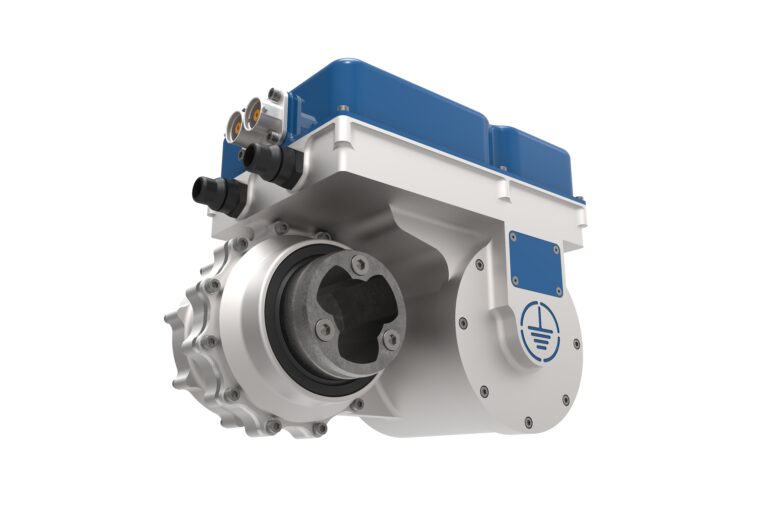Equipmake and additive manufacturing company HiETA have partnered to develop and produce the world’s most power dense permanent magnet electric motor.
Drawing on Equipmake’s knowledge in the electric motor design sector and on HiETA’s additive manufacturing capability, the partnership aims to produce a power dense e-motor capable of outputting 220kW at 30,000rpm, that weighs less than 10kg (22 lb). While most permanent magnet motors currently struggle to produce 5kW/kg, the new partnership aims to achieve 20kW/kg.
Branded Ampere, the duo hopes the newly developed motor will be lighter, smaller and more thermally efficient than conventional permanent magnet motors. A combination of advanced motor design will be used in conjunction with an additive-based manufacturing process, with the motor’s structure 3D printed rather than milled from a solid piece of billet.
This precision placement of metals allows for thermally efficient thin wall structures and surface details to be combined directly with the motor’s architecture. This allows complex component with better cooling attributes, a lower inertia and an increased rotational speed. The manufacturing process means fewer high-strength alloys and active materials such as magnets need to be used, allowing costs to stay low.
Andy Jones, innovation program manager at HiETA, commented, “Ampere provides the opportunity to apply both HiETA’s thermal management expertise and complex, thin-walled structure manufacture enabled by additive manufacture to electric motor design to realize ambitious power densities.
We typically reduce the size of thermal management components by five times compared with conventional techniques, which will allow next-generation heat transfer features to be integrated into the rotor, stator and electronics cooling. In addition, the freedoms of additive manufacture will be used to optimize structural performance. We are integrating these benefits with Equipmake’s advanced electric motor design from the ground up and are looking forward to manufacture and test in the near future.”
The partnership say the first Ampere prototypes will be set up and running in 12 months’ time.


